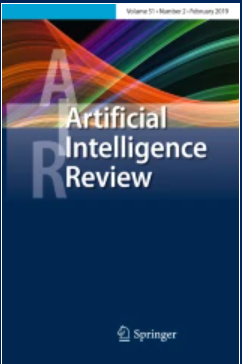A context and sequence-based recommendation framework using GRU networks
Abstract
Recommendation systems play a significant contribution in e-commerce for predicting the more relevant product to the customers based on their interests. The recommendation system refers to the user-item interaction and predicts the next item by considering the similar kind of user interest or item purchased. The context-aware and sequential recommendation is built to predict the interested product based on the current context and sequential behavior pattern interactions. To fulfill the customers’ requirements, this paper proposes a new hybrid personalized recommendation system framework called Target User Context Sequential Prediction Gated Recurrent Unit (TUCSP-GRU) using deep learning methods to recommend suitable products to the users based on their interests and context. The proposed system uses the newly calculated Target User Specific Product Rating (TUS-PR) score, the proposed TUS Gated Recurrent Unit (TUS-GRU) model, and the proposed Top-N item prediction method. Here, (i) the TUS-PR score is used to improve the product rating, (ii) the new TUS-GRU model is used to find the sequence purchase behavior pattern of customers by considering their long-term and short-term interests, and (iii) the proposed Top-N item dynamic prediction method is used to adjust the next interested item list based on the response using the back propagation continuous learning method. The experiment results of the TUCSP-GRU framework show better accuracy in predicting the interested and relevant products or items when compared to existing similar recommendation systems with respect to the standard evaluation metrics.

 求助内容:
求助内容: 应助结果提醒方式:
应助结果提醒方式:


